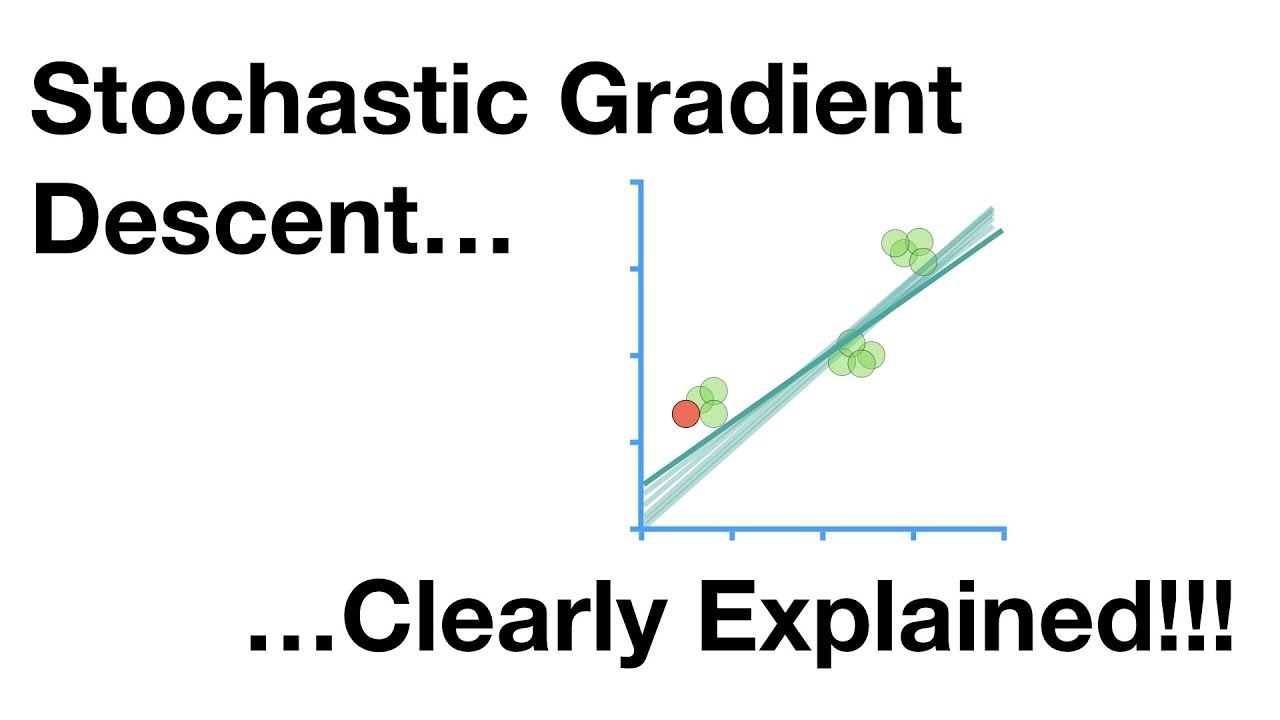Stochastic gradient descent (SGD) is an iterative method for optimizing a differentiable function. It usually operates on functions that are too large or complex to be explored in all dimensions at once. SGD is commonly used in machine learning and deep learning models to optimize and train those models.
Instead of evaluating the entire function at every step, SGD evaluates a random subset of the function, known as a mini-batch. The parameters of the model are then adjusted accordingly. This is an effective approach especially when dealing with large datasets or models with too many parameters to evaluate all at once.
There are four critical components of the SGD method, which define it in mathematical terms:
1. The cost function. This is the function that will be minimized by the SGD algorithm. It includes the data points and their associated values. It is usually composed of a combination of numerous factors.
2. The learning rate. This parameter determines how much of a change will be made at each step. It should be chosen to maximize accurate prediction of the model while also minimizing the time taken to get to a satisfactory solution.
3. The optimization algorithm. This is the technique used to adjust the parameters in order to minimize the cost function.
4. The mini-batch size. This is the number of points evaluated at each step. It is usually selected to balance accuracy and speed.
SGD is a powerful optimization method that is well-suited to a variety of machine learning and deep learning tasks. It is fast, effective, and relatively easy to implement.





